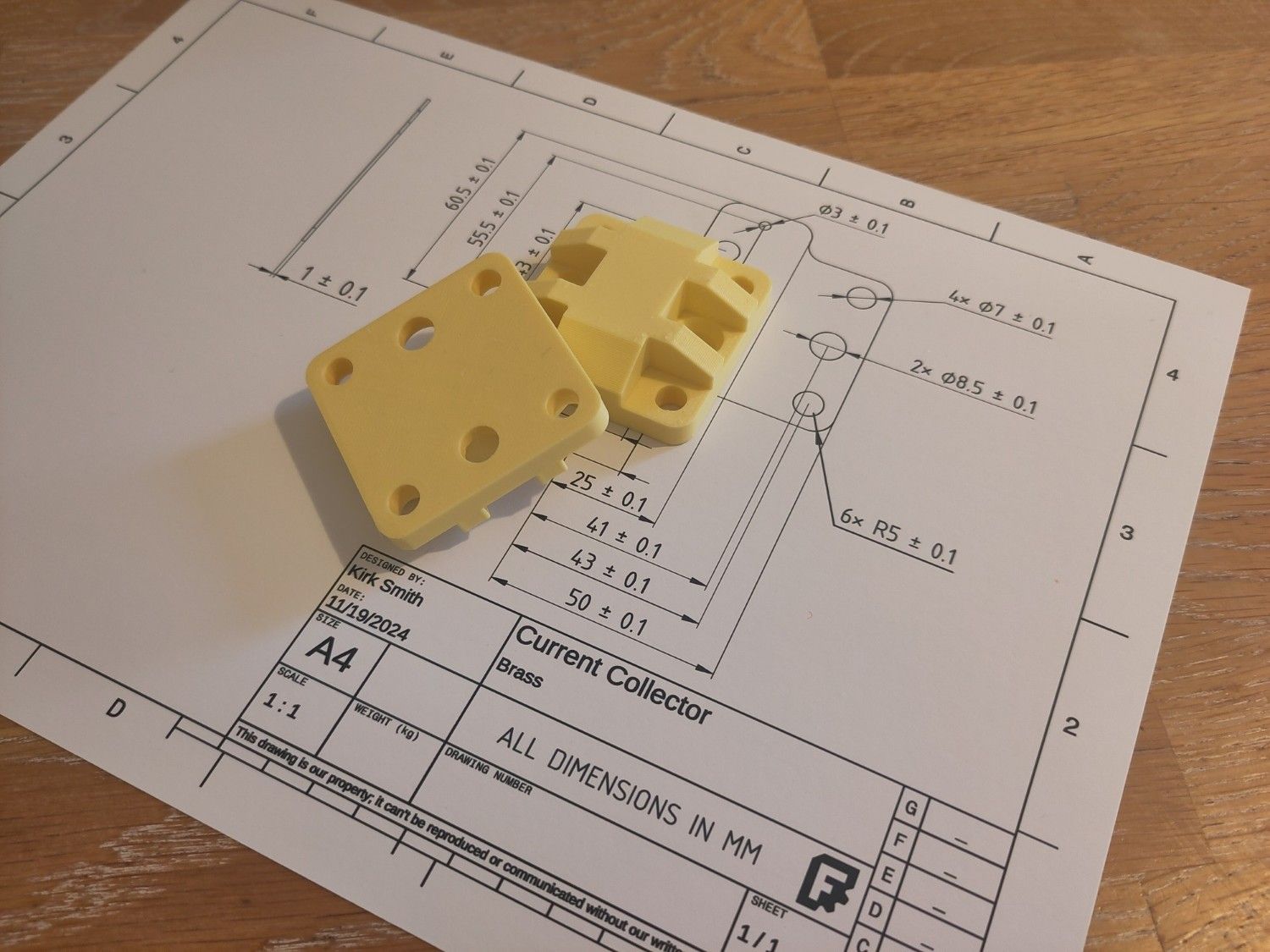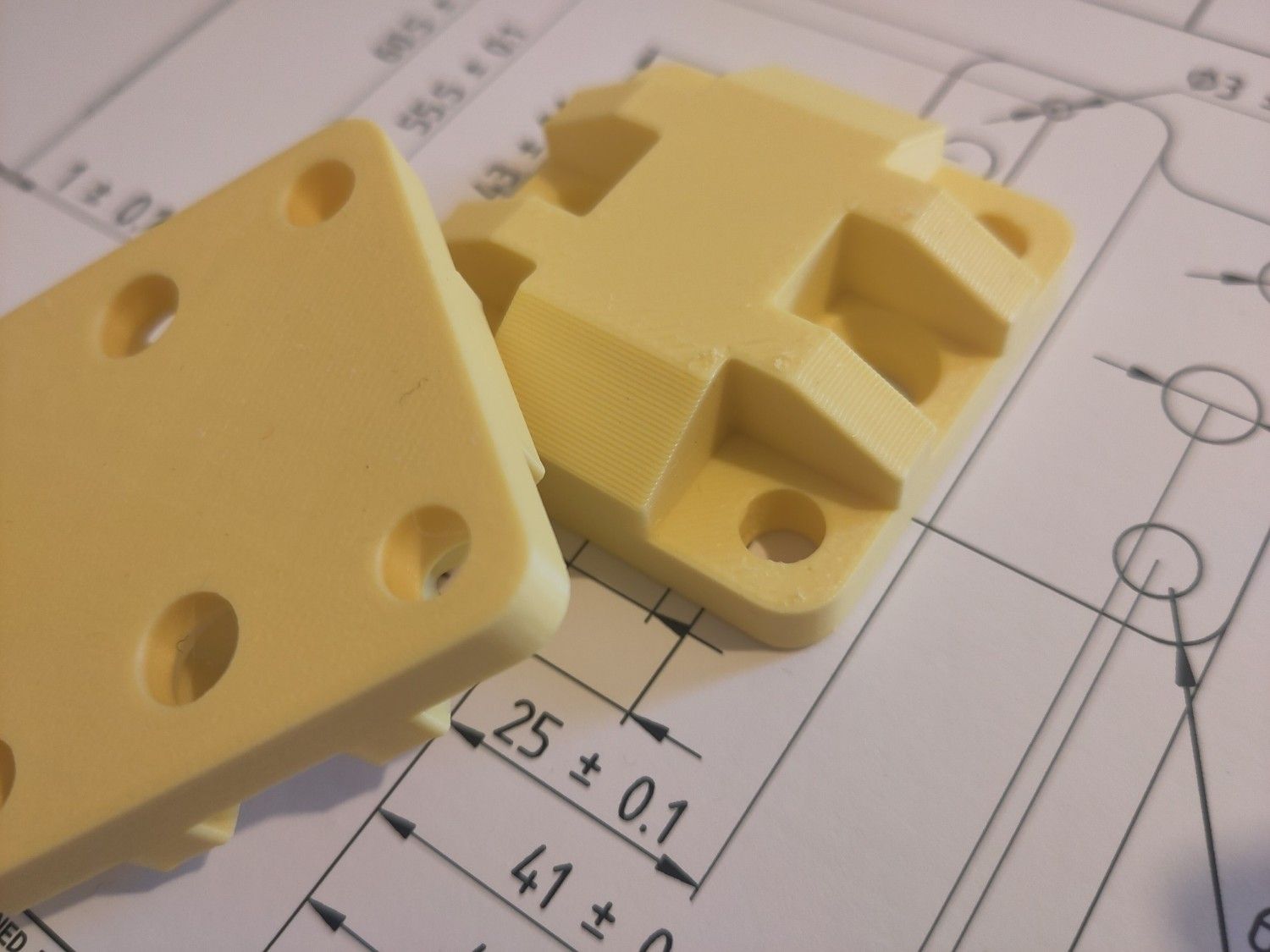My build (very slowly progressing)
-
@kirk @danielfp248 I just did some measurements of flow rate with my setup. I measured the time to pass 40ml of deionised water through one side of the cell while the other side cycles deionised water. I tested with 11V-19V and ended up with values between 40 and 120mL/min. There is quite a bit of difference between the two pumps, the left passing up to 40% more water at the same voltage. I will repeat this once I have the PWM regulator set up correctly. I'm afraid though that the pumps have issues running at lower than the 11V, especially for more visquous fluids.
My questions are:
- Is this 20-40ml/min measured with the cell in line or just the pump.
- Is the figure obtained with water or electrolyte?
- What would you recommend doing against the excess flow?
@sepi Without the four-wire control the pump speeds are definitely harder to manage, sorry to hear that, though the PWM regulator may help. Can you visually see how different the rotation speeds are? That should be rough proxy for volumetric flowrate. I am not surprised they won't spin below 11 V.
@sepi said in My build (very slowly progressing):
Is this 20-40ml/min measured with the cell in line or just the pump.
Ideally best to measure with the cell inline, to be closer to the actual conditions. However, as the tubing wears, this can drift, just FYI. Not a huge deal but something to be aware of.
@sepi said in My build (very slowly progressing):
Is the figure obtained with water or electrolyte?
Water for now, just as a proxy, minimize exposure to electrolyte. This is kind of a 1, maybe 2 significant digit measurement, no more (the volumetric flowrate).
@sepi said in My build (very slowly progressing):
What would you recommend doing against the excess flow?
@sepi said in My build (very slowly progressing):
the left passing up to 40% more water at the same voltage.
At the same voltage, is the left pump spinning at (nearly) the same rate as the right? if they are spinning at the same rotational speed and the left is passing 40% more water, it sounds like there is some flow restriction in the right pump's flow loop. If they have identical flow loops (in terms of pressure drop), and are set at the same voltage, I would guess that they should rotate at similar speeds, but this may not be the case for the brushed motors (e.g. variance in motor properties).
What is important for testing, is that both pumps are above a minimum flowrate to ensure good mass transfer, and that the pressure imbalance between the two sides isn't too great as to cause transfer of electrolyte from one side to another through the separator. If the flowrates aren't perfectly matched but those two previous conditions are met, it's not a big issue, although it's just better for repeatability for them to be the same.


